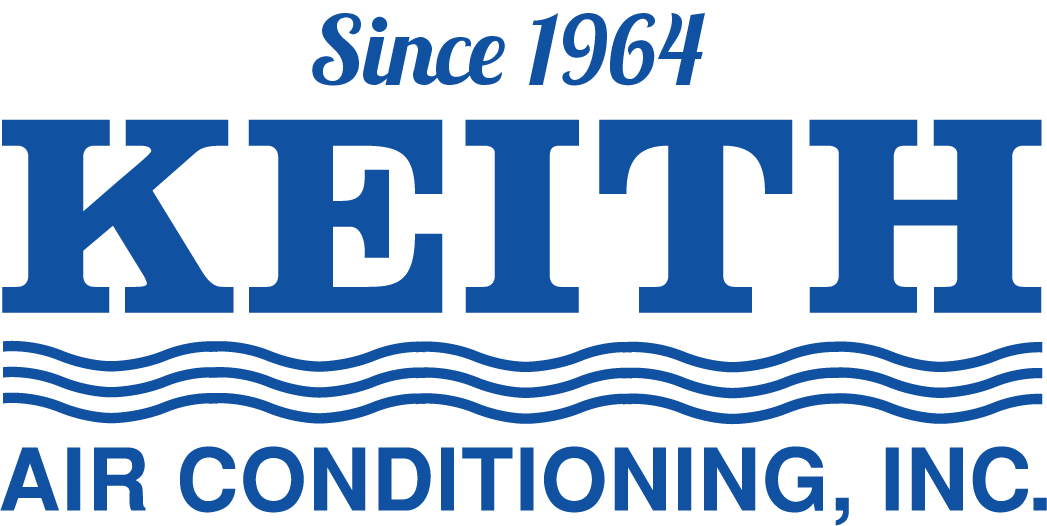It’s been a couple of years since it snowed in Mobile, but that doesn’t mean you don’t still need your furnace. Over the course of the season, it can get quite a workout as you try to keep warm. And then your wallet gets the same workout when you have to pay your heating bills. As winter approaches, it’s important to make sure you have a furnace that can heat your home as efficiently as possible and not cost you a bundle. To ensure that, you need to check the furnace’s AFUE rating.
AFUE stands for annual fuel utilization efficiency. It’s the measurement of how much of your furnace’s fuel is used to produce heat over the course of the year, on average, and how much is wasted. The higher the number, the more efficient the furnace. So for instance, if your furnace can convert 80 percent of its fuel into usable heat, with only 20 percent given off as exhaust, then it has an AFUE rating of 80.
Furnaces of 20 years ago or more could have AFUE ratings as low as 65 percent, so if you have an older furnace, it’s probably costing you quite a bit in utilities. Not to mention the fact that a unit’s AFUE rating decreases as it gets older, especially if it’s not well maintained. Modern furnaces, on the other hand, can have AFUE ratings of up to 98 percent, with a minimum rating of 80 to 81 percent for gas furnaces and 78 to 83 percent for oil furnaces.
Buying a new furnace may seem like a significant expense, but it can also be a good investment for your home. Particularly if your furnace is 15 years old or more, needs frequent maintenance and repairs, or just keeps driving your heating bills higher every year, a new, high-efficiency furnace with a good annual fuel utilization efficiency rating can keep you warm and comfortable all winter, while saving you a significant amount of money and hassle.
For more help with AFUE ratings in the Mobile area, or any other home comfort needs, contact Keith Air Conditioning, Inc. today.
